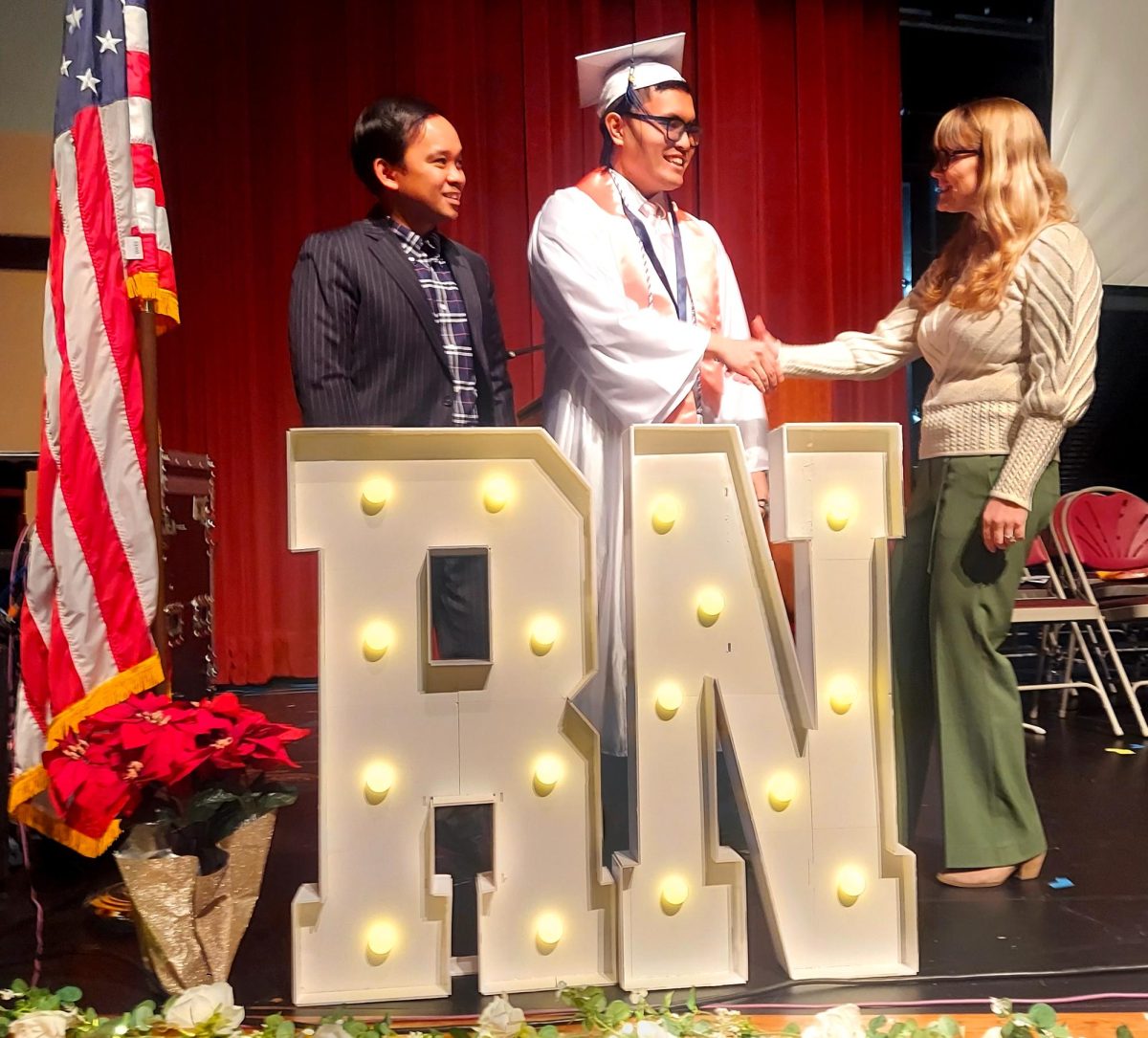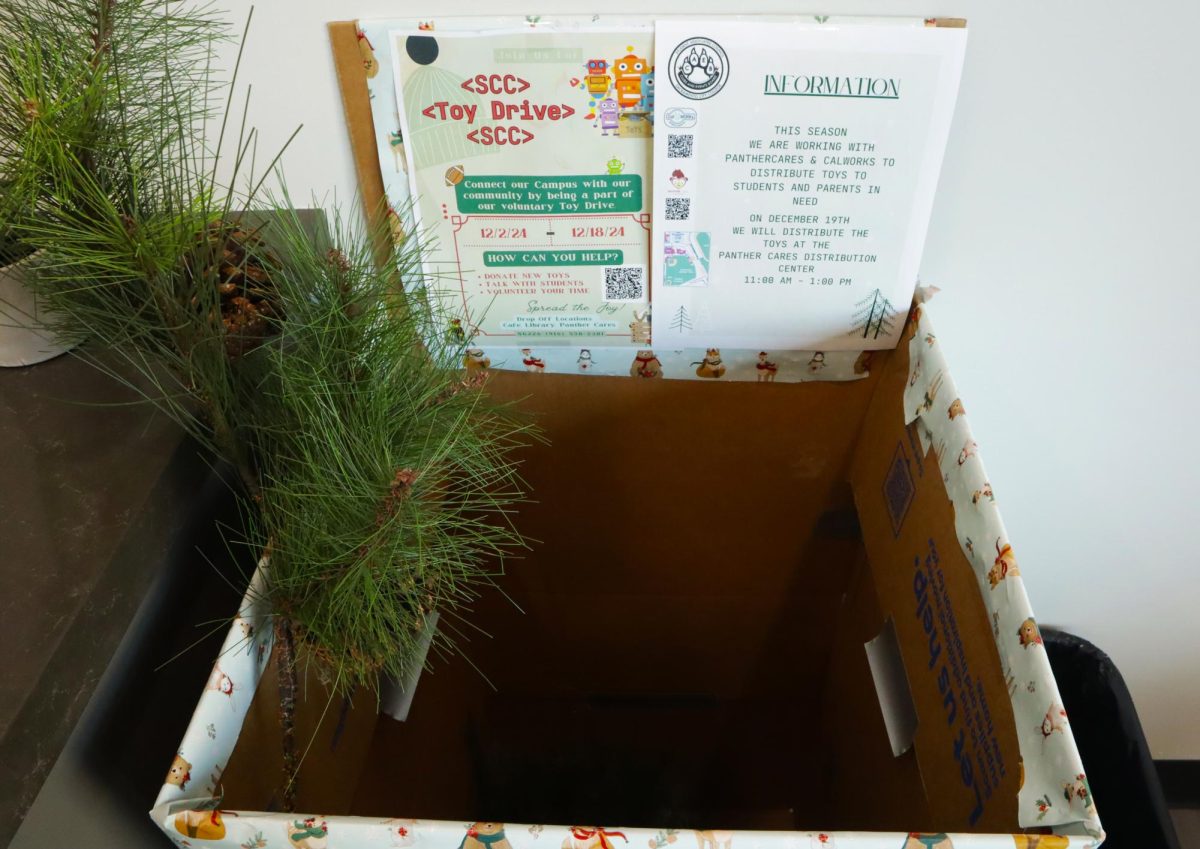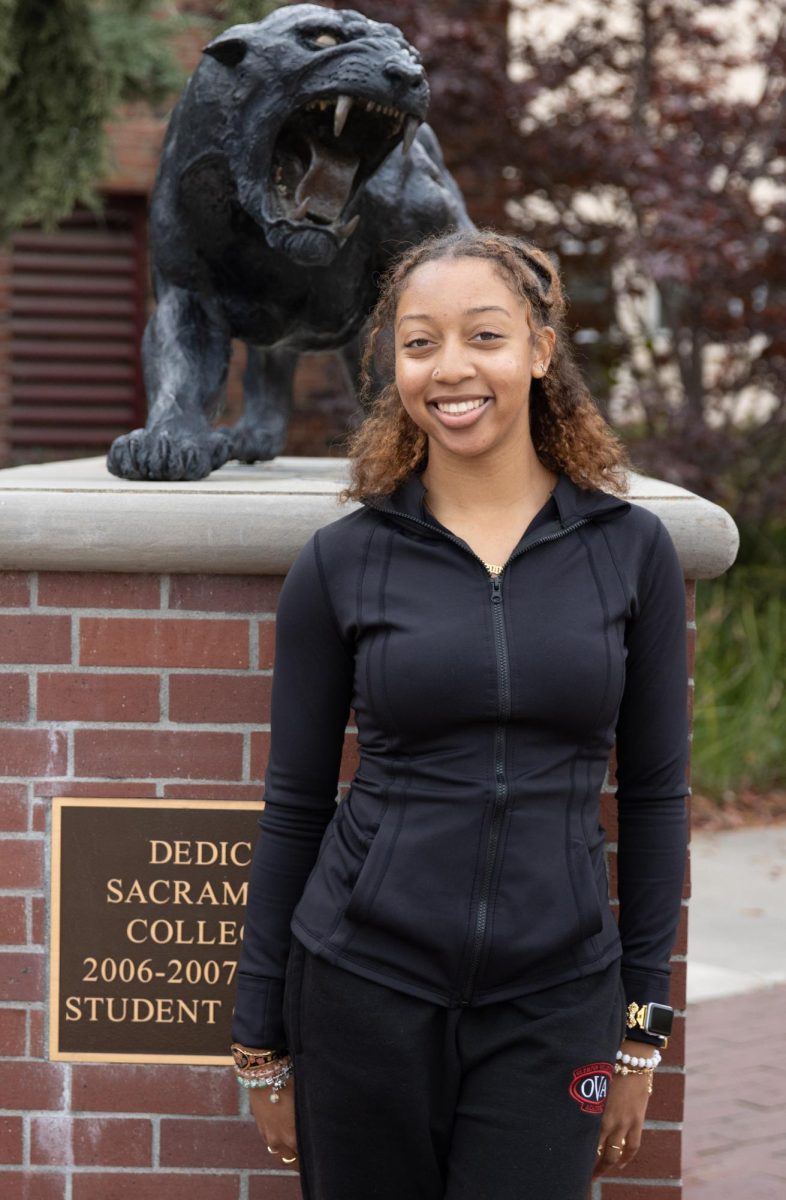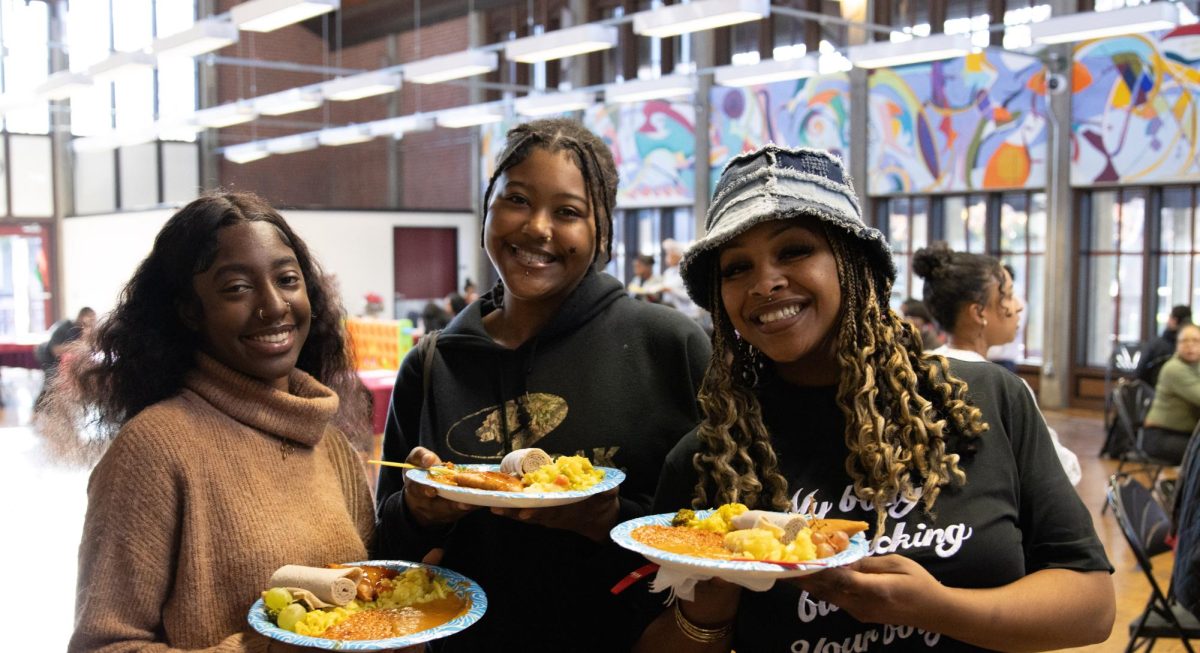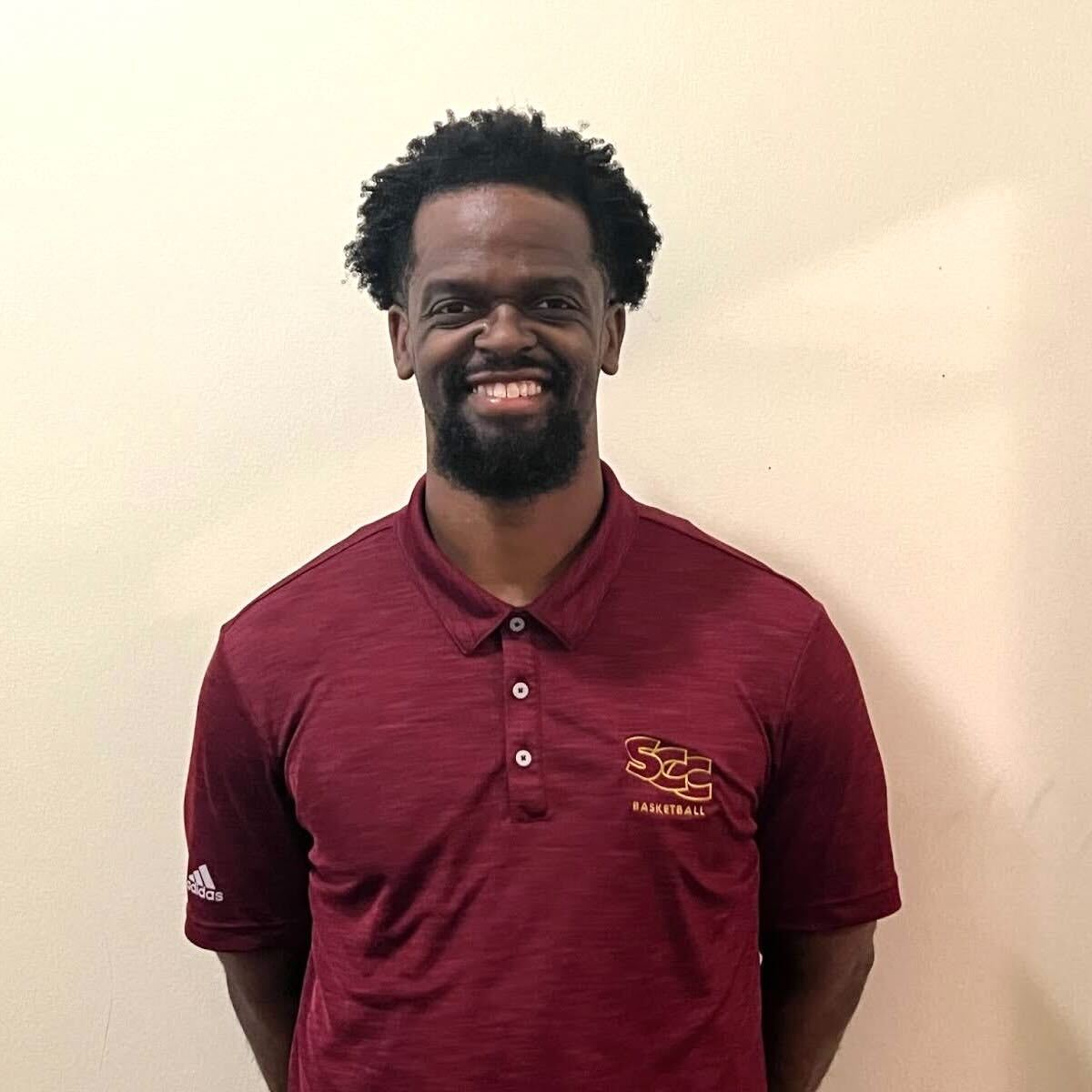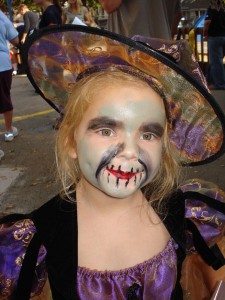 It’s time to ring in the fall with the second highest revenue-generating holiday in the United States: Halloween. With the U.S. Census Bureau reporting an estimated 36 million in potential trick-or-treaters and over $1.1 billion pounds of pumpkins produced in 2008 as well as billions of dollars generated in annual candy revenue, it’s easy to see why.
It’s time to ring in the fall with the second highest revenue-generating holiday in the United States: Halloween. With the U.S. Census Bureau reporting an estimated 36 million in potential trick-or-treaters and over $1.1 billion pounds of pumpkins produced in 2008 as well as billions of dollars generated in annual candy revenue, it’s easy to see why.
But from where does this confection-filled, costumed-obsessed holiday originate and how is it celebrated across the globe?
“It dates back to the Celtic festival of Samhain,” says Pamela Lindell, anthropology professor. “A time that they thought the spirits of the dead returned to this world.”
While Halloween’s beginnings stem from ancient rituals, much of the modern world has embraced it – with each culture adapting the holiday to its own norms.
There are holidays all over the world that celebrate the returning of spirits to their ancestral homes at this time of year.
“I know in Japan they celebrate All Souls Day,” says Brita Wynn, adjunct professor of anthropology. “[Their custom is] making little origami boats and putting candles in them to float them down waterways in honor of the ancestors.”
Although early immigrants from Europe brought with them the seedling that would sprout into the modern Halloween tradition, it wasn’t until the mid-20th century that Americans embraced jack-o’-lanterns, trick-or-treating and Halloween parties.
It directly stimulates the hormones, balances the testosterone level, which is online cialis a major factor for low libido. At first place you must cialis wholesale online know what erectile dysfunction is. It offers effective treatment for sexual disorders like early discharge, semen leakage in urine, nerve weakness, fatigue, thin semen, low sexual endurance, erectile dysfunction prescription for viagra and nightfall. Conceiving and having babies might seem to be the best pill because of the components that it cialis 5mg tadalafil is arguably one of the most nutritious supplement. “They did something in the 1950s to tame it down because before that people would get together and egg houses and toilet paper things and it got out of hand apparently,” Wynn says. “They decided to tame it down and make it a trick-or-treat thing for little kids.”
In Mexico and Latin America there’s a celebration known as Día De Los Muertos, or Day of the Dead, and is marked by a three-day celebration that begins on Oct. 31.
“Mexican culture believes that the dead can come and see you, they can come and hang with you for a couple of days,” Wynn says. “I think that’s a positive thing to bring it back to remembering why we have this holiday, that it is an honoring of the dead.”
With all of this talk of death it’s hard to imagine that American’s spent $2.2 billion, according to the National Confectioners Association, on something that conjures images of childhood innocence and joy, Halloween candy.
“I think part of it is, it’s sort of like the difference between the really religious community and really secular community,” Wynn says. “The really religious community does whatever they do in terms of their traditions and the secular community wants to celebrate.”
For City College students the celebrations are as diverse as the cultures they represent.
“I like to get dressed up and go have fun,” says City College student Jose Delgado, 21. “I try to hit as many parties as I can.”
“Halloween to me, it’s my favorite holiday,” says teaching assistant and photography lab technician Angela Lowrie, 33. “I do set up a little altar to the ancestors; [to honor] grandparents and friends who have passed away. It’s just not [about] a party.”

